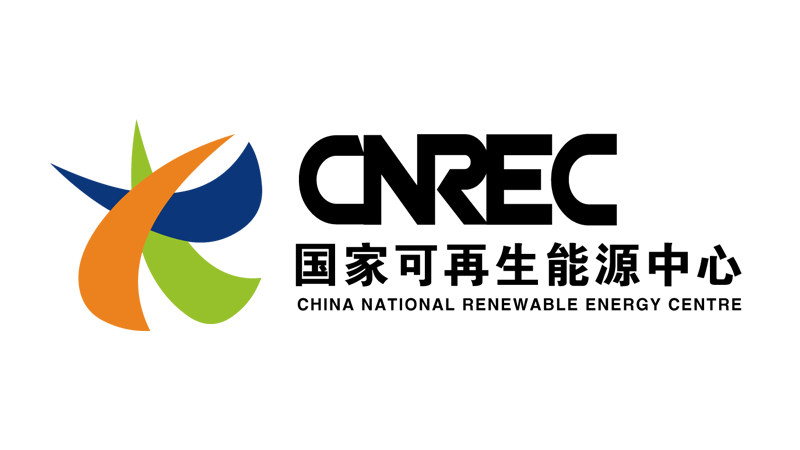This content is also available in: German
Five golden rules for the transformation of the Chinese power sector
To achieve its national clean energy target for 2030 at least cost, China has to integrate large numbers of wind and solar power plants into its power system. A joint report by the China National Renewable Energy Centre and Agora Energiewende shows what it takes to get there.

China is in the midst of transforming its power sector radically towards clean energy. The government aims to increase the share of non- fossil-fuel based electricity in its power system to 50 per cent by 2030. To achieve this target at a minimum cost, China needs to add around 35 Gigawatt of wind energy and 65 Gigawatt of solar energy per year between 2020 and 2030. This is shown in a new report prepared by the China National Renewable Energy Centre (CNREC) and Agora Energiewende, a Berlin-based think tank dedicated to the transformation of energy systems globally. The future growth rate is roughly in line with the quickest deployment levels seen in previous years.
Despite the achievements of recent years, significant challenges remain, especially with regard to the re-structuring of the power system. Most important, “flexibility” needs to become the new paradigm in China’s power system, as by 2030 roughly 25 per cent of the power supply is expected to come from variable renewable sources. Restructuring the power system is essential in order to keep it reliable and cost-effective. Inflexible baseload technologies and non-merit-order-based, coarse-scale dispatch are incompatible with a system that is increasingly dominated by weather-dependent power generation technologies.
"Recent policy reforms have moved in the right direction, as China has started nation-wide pilot projects for emissions trading, has reviewed its renewables remuneration scheme, and has acknowledged the need to create a power market. However, fundamental challenges remain to be addressed. These include overcapacity in coal-fired assets, an inflexible dispatch system, and a lack of data transparency and accessibility for market participants,” says Dr. Patrick Graichen, Director of Agora Energiewende.
The report, titled “A Star for China’s Energy Transition“, summarizes five golden rules to build a consistent policy regime and guarantee system reliability and cost-effectiveness:
- Use existing generation capacity efficiently by implementing short-term markets
- Incentivize flexibility to ensure system reliability and adequacy
- Provide stable revenues for new investment in renewables
- Manage the decline of coal and its structural consequences
- Acknowledge the pivotal role of transparency and data accessibility
Furthermore, Graichen emphasizes that “China has the opportunity to leapfrog to a renewables-led power system design that ensures cost-effectiveness and reliability. The five golden rules we have developed will help policy makers view the various policy instruments and emerging sectoral markets both pragmatically and coherently while considering interdependencies and avoiding inconsistencies”.
The report is available for download below. It is a result from a close cooperation of Agora Energiewende and CNREC in China. The cooperation is supported by the Deutsche Gesellschaft für Internationale Zusammenarbeit (GIZ) on behalf of the German government.



